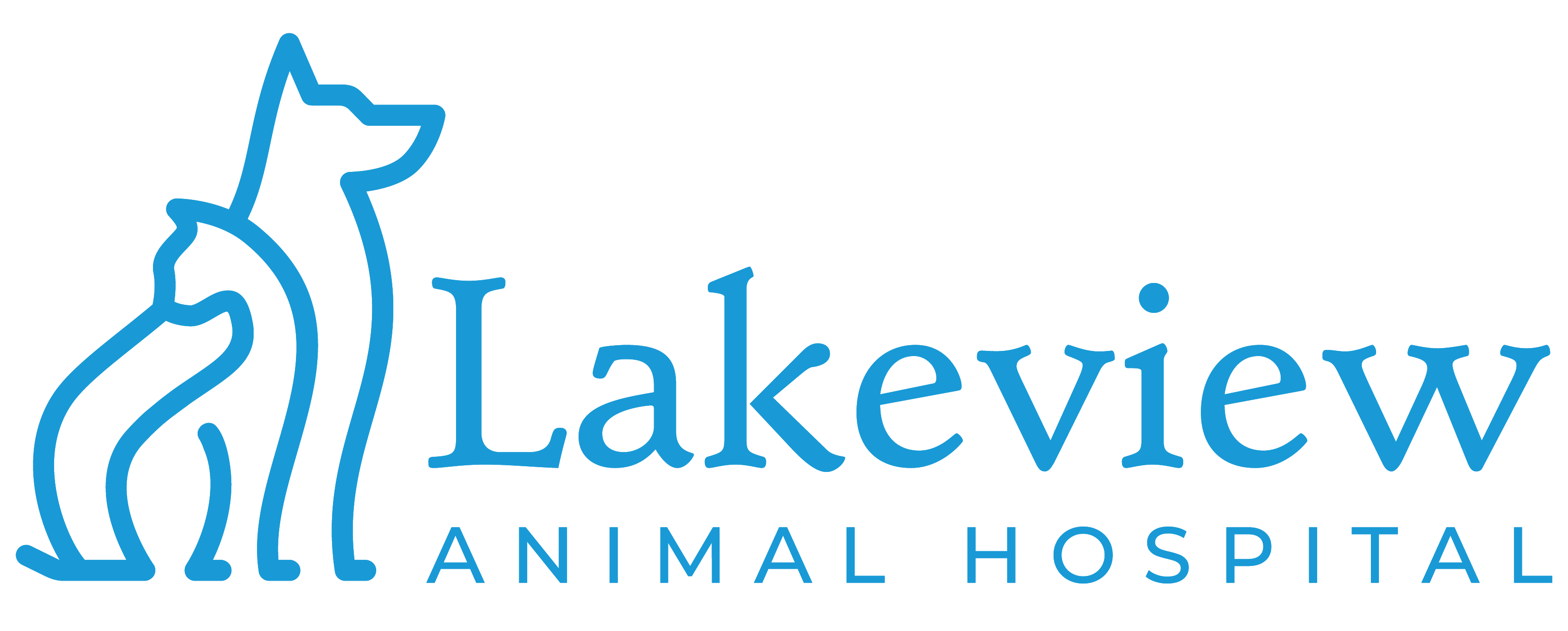Educational Articles
-
Aortic stenosis is a heart disease that is present at birth. Cats affected with aortic stenosis have a narrowing at the aortic valve of the heart. The clinical signs of aortic stenosis vary depending on how severe the stenosis is; some cats remain asymptomatic throughout their life, while other cats begin showing clinical signs at an early age and can experience sudden death. The treatment of aortic stenosis depends upon the severity of the condition.
-
Aortic stenosis (or a narrowing involving the aortic valve) is a less common heart disease that has a higher incidence in some breeds. Dogs may not show clinical signs if they are mildly affected to more severely affected patients showing signs of heart dysfunction. Diagnostic imaging is needed to determine the severity and prognosis for each individual patient. Medications are the mainstay treatment but for some patients surgical procedures may be considered.
-
Applying eye ointments to your cat's eye(s) can be a challenging or easy task. The proper administration of eye medications is essential for your cat's prompt recovery. It is important to use the medication as directed for the full duration and contact your veterinarian if you have problems. The tips and instructions in this handout may make administering your cat's eye ointment easier.
-
Applying eye ointments to your dog's eye(s) can be a challenging or easy task. The proper administration of eye medications is essential for your dog’s prompt recovery. It is important to use the medication as directed for the full duration and contact your veterinarian if you have problems. The tips and instructions in this handout may make administering your dog’s eye ointment easier.
-
Applying topical medications to your pet can sometimes be a challenge. Creams, ointments, and lotions are for external use only. It is important to prevent your cat from licking and swallowing any of these external preparations as they may contain ingredients that could be harmful if swallowed. Most topical preparations work better if they are gently massaged in for a few moments after application. It is always a good idea to get someone to help hold your cat, especially when applying medications on a sensitive or painful area. If you still have trouble keeping your pet from licking the medication, please contact your veterinarian to get your cat fitted for an Elizabethan collar.
-
Primary vaccination is essential to prevent the return of once common deadly infectious diseases in kittens and cats. Recent research indicates that not all vaccines require yearly boosters. However, there is no evidence that annual booster vaccination is anything but beneficial to most cats. Published research has conclusively shown that abstaining from some boosters can put your cat at risk.
-
Primary vaccination is essential to prevent the once common deadly diseases in puppies. However, recent research indicates that not all vaccines require yearly boosters. There is no evidence that annual booster vaccination is anything but beneficial to most dogs. Published research has shown conclusively that abstaining from some boosters can put your dog at risk.
-
Osteoarthritis is a common condition affecting bones and joints in many older cats. It is a disease of management and cannot be cured. Medications, physical therapy, nutrition, and surgery may all be considered to help alleviate the pain. Cats can live a normal life with a tailored care plan.
-
Osteoarthritis is a common condition affecting bones and joints in many older dogs. It is a disease of management and cannot be cured. Medications, physical therapy, nutrition, and surgery may all be considered to help alleviate the pain. Dogs can live a normal life with a tailored care plan.
-
This handout discusses arthroscopy, the insertion of a telescope-like camera into a joint. The joints commonly examined and treated using this technique, along with the benefits and risks of this procedure, are outlined.

